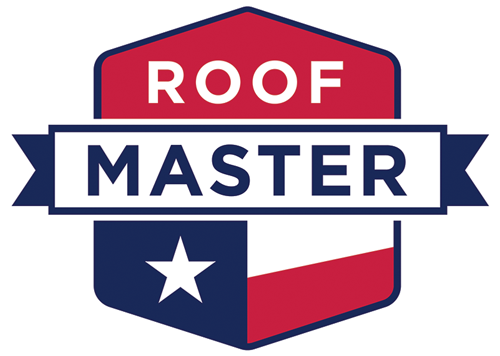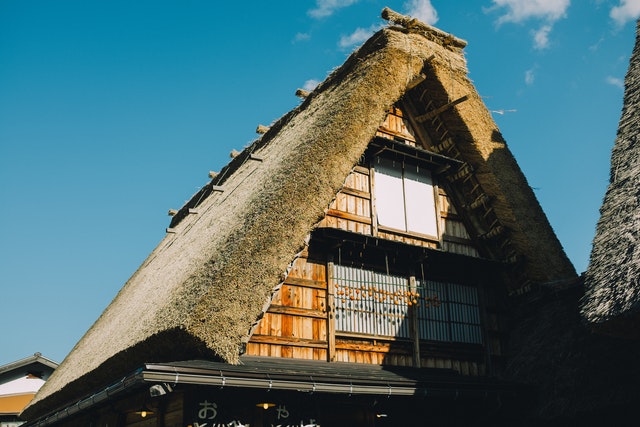You probably can’t wait to install a thatched roof for your home, but how long does a thatched roof last? Durability and longevity might seem unimportant until you start budgeting for a roof replacement five years after the new installation.
Thatched roofs are aesthetically appealing, and they offer proper insulation. The roofing material can last for 15-40 years with reasonable care and maintenance. However, homeowners should remember to repair or replace the roof after 10-15 years.
While you can’t wait to hire installers to fix your thatched roof, you first need to know its pros and cons before buying it. Also, the roofing material lasts longer if well maintained, so we will mention the best ways to keep it.
Let us get started.
What Is A Thatched Roof?
Thatched roofs were standard in traditional houses, but homeowners still use them today. A thatched roof installer uses dry vegetation like straw, water reed, or sedge to create the covering.
Although the roofing style was familiar, homeowners in developed countries are slowly going back to thatched roofing. The material is aesthetically appealing, environmentally friendly, and durable.
Water reed thatched roofs have the highest durability because this roof can last for up to 60 years. Besides, it has fewer maintenance costs and can be shaped differently during installation for more aesthetics.
The roof’s performance depends on your area’s climatic condition, shape and design, and pitch. The thatched roof does not absorb much water with proper maintenance, so you won’t get any water damage.
Although you will be more interested to know thatched roof’s advantages, ensure you also study the cons. For example, poor roofing material installation can lead to wind accidents. Reeds are lightweight and can easily be carried away by the wind.
Advantages of Thatched Roofs
Before asking ‘how much does a thatched roof last,’ first find out the advantages. The pros help you make a better decision on whether the roof is worth your coins. Some of the benefits are;
1. Environmentally Friendly
Thatched roofs are from dried reed, and they don’t require chemicals to grow or a machine to harvest. Besides, the roofing material mainly grows in the rural areas, meaning the harvesting time creates jobs for the people.
When it ages, thatch quickly decomposes, becoming good manure. The homeowners can also feed old thatch to animals instead of throwing it away. The roof’s durability also contributes to environmental friendliness.
2. Insulation
Homeowners with thatched roofs enjoy good insulation. The roofing material prevents energy exchange in and out of the house, maintaining the correct room temperatures. Therefore, the HVAC system has less work, meaning fewer energy bills. Energy efficiency also increases the home’s comfort.
3. Aesthetically Appealing
One of the significant reasons you want a thatched roof is its aesthetics. The roof is simple in design but makes a huge statement. Alternatively, you can choose different pitches and installation methods to add character to your home.
4. Durability
Thatch has a high resistance to some climatic conditions, hence it has high durability. However, although it has a long lifespan, homeowners should maintain it by replacing any rotting parts and keeping animals away from the house.
5. Ages like Fine Wine
While other roofing materials will age by rusting or fading, thatch shapes into natural forms that increase aesthetics as it ages. The reeds could change into a darker color that blends well with the walls.
Disadvantages of Thatched Roofs
The disadvantages of a thatched roof could help you answer the question, ‘how long does a thatched roof last for.’ Some of the downsides you will experience with a thatched roof are:
1. High Costs
Buying and installing a thatched roof could cost you more than installing slate or metal shingles. The reeds are tied in bays, which are heavy to carry to the top of the roof. Besides, the installers put a lot of work into installing the thatch, hence high installation costs.
2. Fire Hazard
Dried reeds and grass is highly flammable. Careless homeowners can easily put their houses into flames with a snap. However, effective fire retardant processes are available to reduce the probability of thatched roof fires.
For example, the Micon Thatchsayf has a water-based solution and other chemicals to protect the thatch from fire. It is also environmentally friendly.
3. High Maintenance
Homeowners have to maintain a thatched roof to live up to the stated expiry date. However, different thatch materials in various climatic conditions require various maintenance levels to keep the roof in good condition.
4. Damage from Animals
Birds use the small sticks from thatched roofs to make their nests, and they also build homes on the thatched roof. Cows and goats can also feed on the roof material, weakening it.
How Long Can A Thatched Roof Last?
Thatched roofs are sturdy and durable, and they last between 15-40 years. However, homeowners should maintain the roofing material properly until their expiry dates.
Maintaining a Thatched Roof
Knowing how to maintain your thatched roof lengthens the lifespan and increases durability.
1. Roof Inspections
As a homeowner, always schedule regular inspections. The roofer will examine your roof’s performance and progress then detect any defects. Fixing the damages early enough keeps the roof longer.
2. Remove Birds and Rodents
Keep looking for any signs of rodents and birds on your thatched roof. The birds pick the small sticks and use them to build nests. With time, the roofing material reduces and can easily lead to water leakage.
3. Clean the Roof
Use a rake and broom to clean the roofing materials. When leaves accumulate, they can cause mold and algae growth which fastens the decay of the roofing material. Also, ensure good water drainage to reduce the chances of reeds’ decay.
4. Deep Brush the Thatch
Thatch is prone to decay and degeneration, and it can start with the inner layers of the reeds. Homeowners should deep brush their thatches every 5-8 years to remove any deterioration. The brushing also gives the roof a fresh look.
Final Words
Now that you can answer ‘how long does a thatched roof last,’ you should put in the effort to ensure your thatch stays until its expiry date. Working with a thatch roof professional makes it easier to maintain it. Hopefully, this guide will help you.



